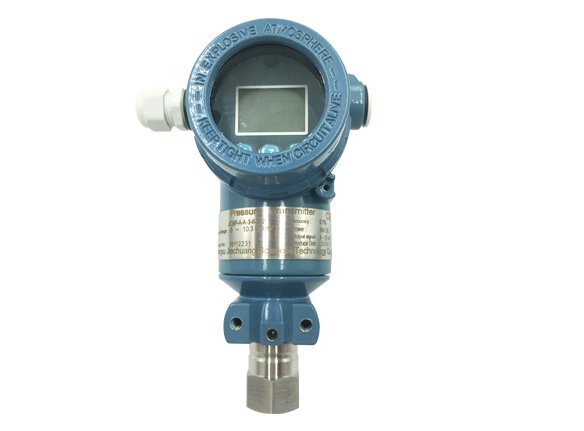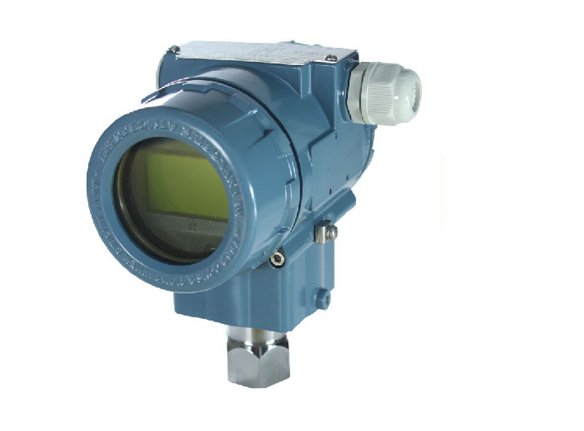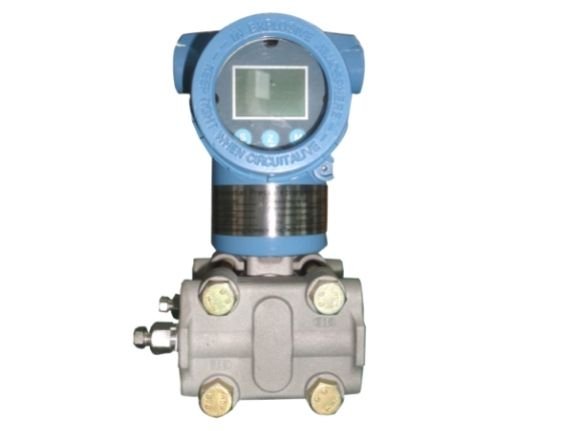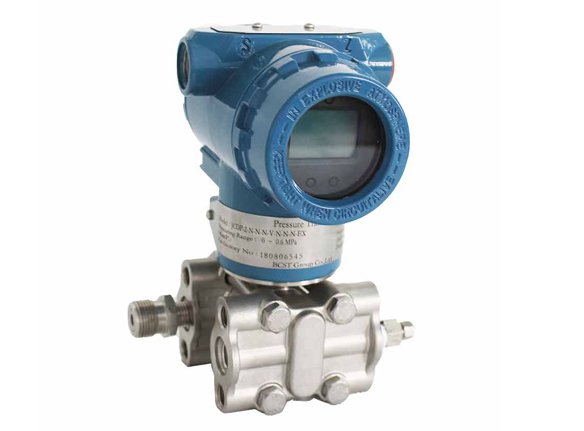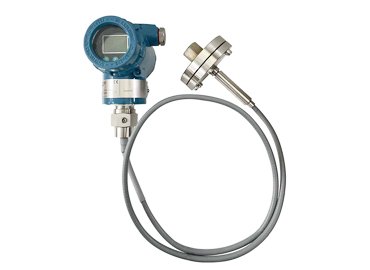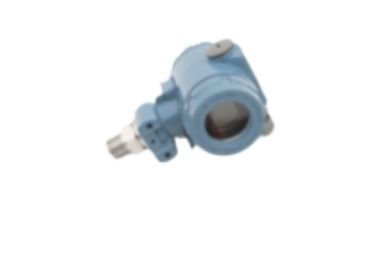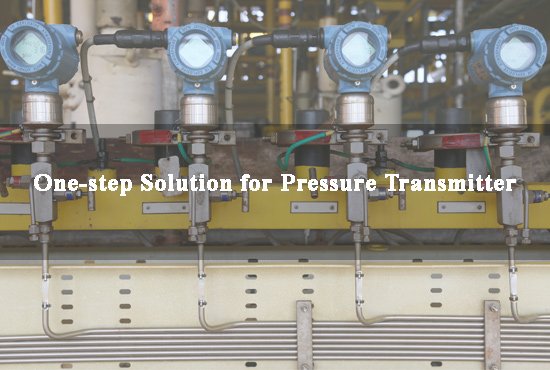- For Industrial Pressure Measurement Applications
- High Accuracy
- Good Stability
- Explosion-Proof
- Unified Structure
Instruthinkyour Expert in Gauge Pressure Transmitter in UK
Instruthinkgauge pressure transmitter is designed for industrial pressure measurement applications. Instruthinkgauge pressure transmitter is suitable to measure liquid, gas, or steam flow, as well as liquid level, density, and pressure.
Instruthinkis your best option for a stable and reliable gauge pressure transmitter. With Instruthink’s professional technical team with over 20 years of technical experience, Instruthinkwill give you the best gauge pressure transmitter, which may be customized or with special requirements.
Drop us an email about your inquiry.
Instruthinkyour Original Gauge Pressure Transmitter Supplier in UK
EJCBP Gauge Pressure Transmitter accuracy is 0.075% , 0.065% ,0.05%
EJCGP Gauge Pressure Transmitter accuracy is 0.075%,0.065% ,0.05% etc
JCR01 Gauge Pressure Transmitter accuracy is 0.5% ,1% etc
This transmitter can measure gauge pressure and level.
Best Gauge Pressure Transmitter Solution for Your Project
Instruthinktechnical team for pressure gauge has 25 years of experience in pressure gauge production. They developed a pressure gauge that can withstand 250 MPA max with 1% accuracy.
With Instruthinksufficient raw materials in stock as well as half-finished products, your gauge pressure transmitter is fast delivered within 7 working days.
With a strong professional technical team, Instruthinkhas abundant experience in various industries. Specializing in research and development, Instruthinkaim to help 1000 small company develop into a big brand in their local market.
Welcome to visit our factory.
Other Related Pressure Transmitter

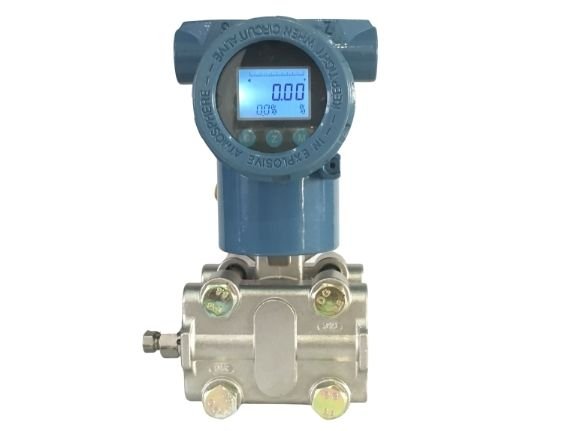
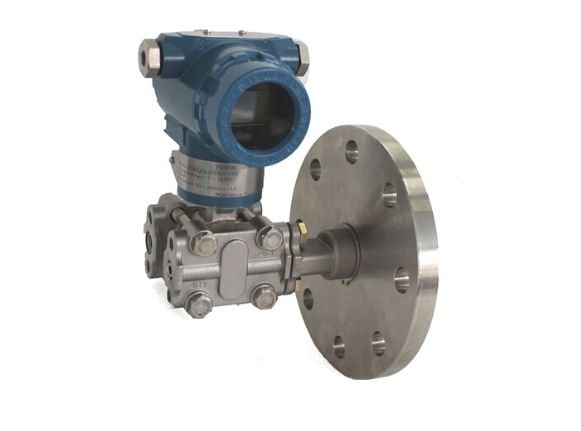
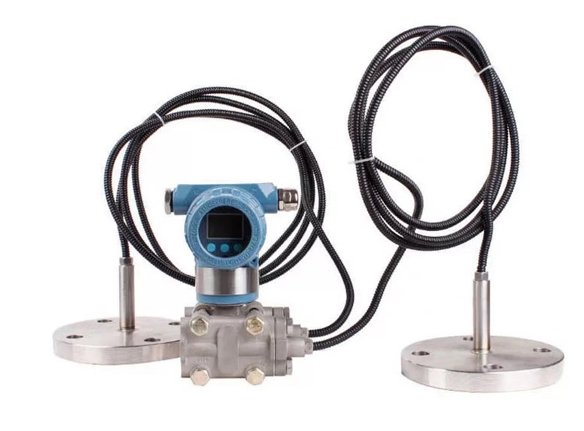
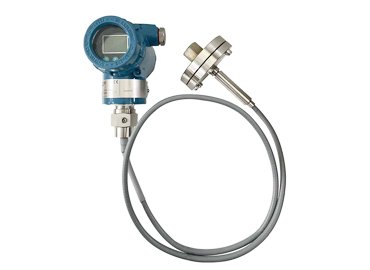
Why Purchase Gauge Pressure Transmitter from Instruthink
- Introduction
- Certificate
- Calibration
- Installation
- Application
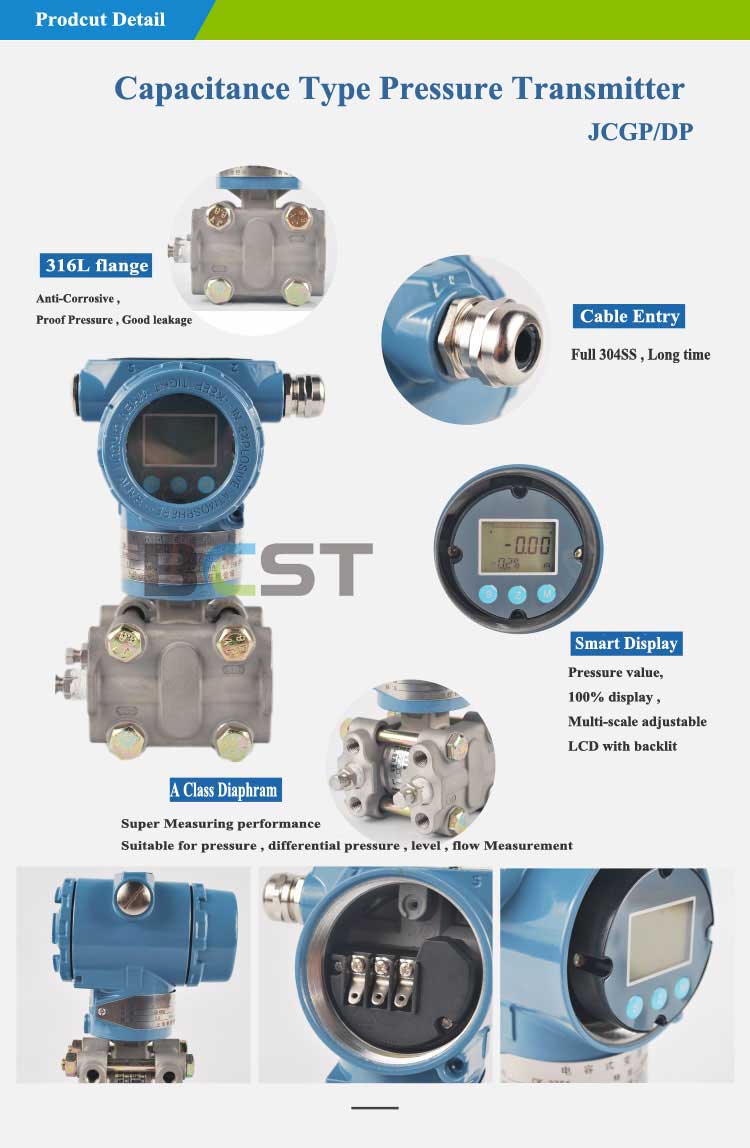

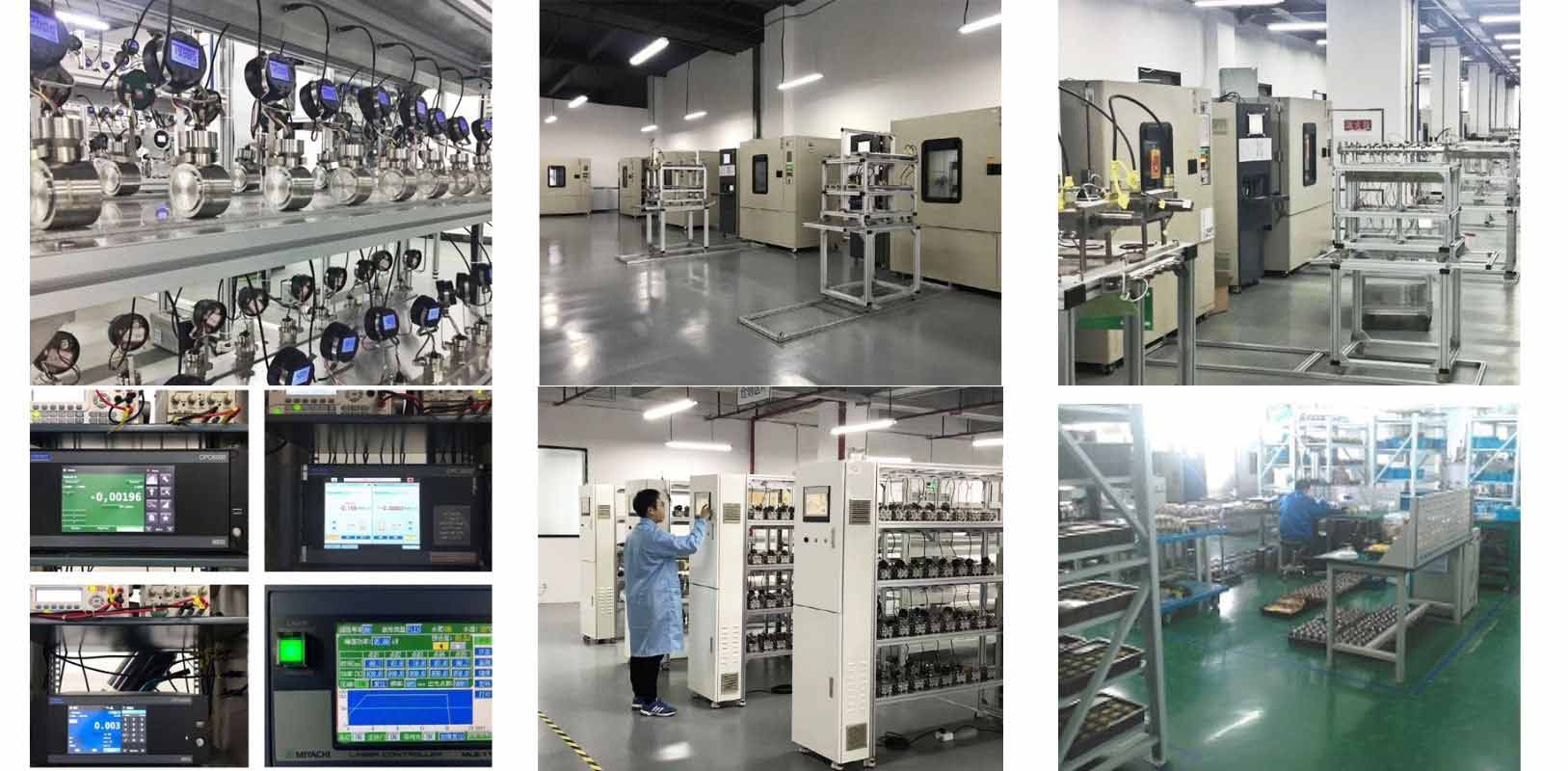
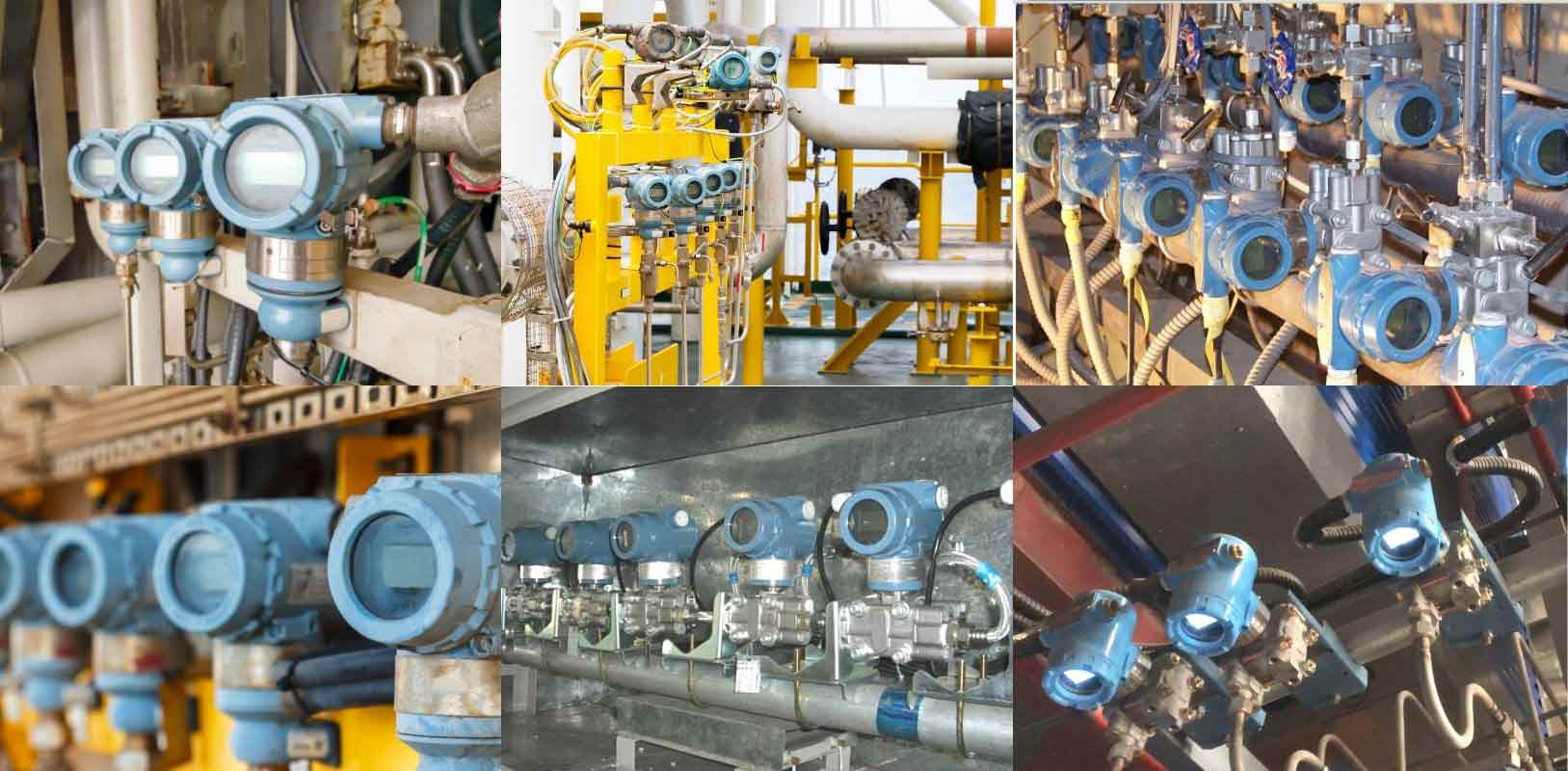
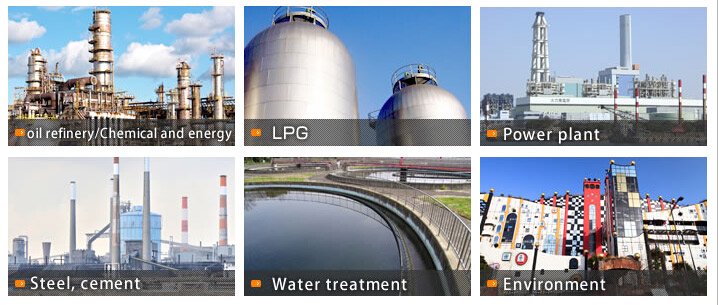
Gauge Pressure Transmitter-FAQ
Accurate pressure measurement is an essential part of process industries. There are various ways to measure pressure, such as absolute, pressure, and differential pressure measurement. For measuring the gauge, a gauge pressure transmitter is used. It measures the pressure concerning the ambient atmospheric pressure.
It is necessary to know the basics of gauge pressure transmitters before purchasing them. You need to see the installation, functioning, and other features of the gauge pressure transmitter to have a basic idea of the instrument. This guide will help you in understanding the basics and technicalities of a gauge pressure transmitter.
1. What is gauge pressure?
For understanding the measurement of gauge pressure transmitter, it is essential to understand the concept of gauge pressure. The gauge pressure is the pressure of the system above the atmospheric pressure. The gauge pressure is zero references against the atmospheric pressure, so the readings include the pressure from the weight of the atmosphere.
The gauge pressure changes according to the height above sea levels and weather conditions. In the refinery and manufacturing industries, all the processes are at the same air pressure, making gauge pressure measurement suitable for industrial applications.
2. What is a gauge pressure transmitter?
A gauge pressure transmitter is an instrument that measures pressure against ambient pressure. The gauge pressure is achieved by calculating the difference between absolute pressure and the prevailing atmospheric pressure. In a gauge pressure transmitter, you always measure the difference from the current ambient pressure.
The gauge pressure transmitter is applicable in fluid pressure measurement and industrial processes. It uses sensitive elements to measure pressure higher than ambient pressure. The pressure changes into the analog electrical signal.
3. What is the construction of a gauge pressure transmitter?
The measurement of the gauge pressure transmitter is done based on the atmospheric pressure. If the gauge pressure is higher than the atmospheric pressure, it is referred to as positive pressure. If the gauge pressure is lower than the atmospheric pressure, it is called negative pressure. The gauge pressure transmitter has a single pressure port.
The gauge pressure transmitter comprises a measuring cell, seal diaphragm, and filling liquid. The input variable of the gauge pressure transmitter is the ambient pressure. The pressure is transferred to the pressure sensor through a sealing diaphragm and filling liquid. The ambient air pressure exposes the negative side of the diaphragm to ensure accurate measurement.
4. How does the gauge pressure transmitter work?
In most applications, it is not essential to know the exact level of pressure in the system. Instead, you need to know the pressure in comparison with the atmospheric pressure. When measuring the atmospheric pressure, it varies based on altitude and changes in weather. For instance, vacuum pumps are used to remove fluid, gases, or tissues from the body. Therefore, to avoid injury, you need to use a small vacuum.
This procedure is done with atmospheric pressure. For hospital locations at sea level, the atmospheric pressure will be higher than the mountains. The gauge pressure transmitter measures the force to local air pressure. The comparison is made using the multimeter’s DC measurement range. The display shows the positive probe voltage concerning the negative probe.
The gauge pressure transmitter has a pressure sensor that is packaged with a port. You can attach the pipe to the port. The tube is connected to the system from where the measurement is ought to be started.
5. What are the advantages of a gauge pressure transmitter?
Measuring pressure is a significant parameter in industrial applications, such as biophysics, fluid mechanics, aerodynamics, etc. Controlling pressure is very important as overpressure or under pressure can cause considerable damage to equipment and also deteriorate the enclosures. A Gauge pressure transmitter is used in various applications for measuring pressure in liquid and gases.
There are many benefits that a gauge pressure transmitter offers. It is an accurate and reliable tool for measuring pressure. It is simple to use with stable output and ideal to use in a harsh environment. The gauge pressure transmitter is mechanically robust and tolerant to different atmospheric pressure variations. They are made of piezoelectric material that can withstand any environment. In addition, it has the material that makes it immune to radiation and electromagnetic fields.
6. How does the EJCGP Silicon Relative gauge pressure transmitter measure pressure?
EJCGP silicon relative gauge pressure transmitter is used in various industrial pressure measurement applications. It is a highly accurate, reliable, and digital gauge pressure transmitter with 0.075% accuracy. It has terminal-based linearity and repeatability of ±0.075%. The silicon relative gauge pressure transmitter has overpressure effects of ±0.075% and power supply effects of ±0.001%/10V.
The other parameters of this gauge pressure transmitter include external zero adjustments of 0.001%. The output range of the silicon pressure transmitter is 4-20mA with a HART communicator, and the diaphragm has the material of stainless steel or Hastelloy C silicone oil. The mounting bracket is made of 304 stainless steel or carbon steel galvanized. The process connector accessory is made of stainless steel oval-shaped flanged or D-shaped connector with male thread.
7. What is an Inline gauge pressure transmitter?
The inline gauge pressure transmitter is an advanced transmitter that measures the pressure of gases, liquid, and steam. This transmitter is best for measuring pressure in industrial applications. It can measure an output range of 4-20mA. The accuracy range of the inline gauge pressure transmitter is ±0.04% and reliability of over ten years. The extended product life of the transmitter ensures its durability and reduces calibrating once it is installed.
The inline gauge pressure transmitter has a wide measurement range from 35 to 3500kPa. With this rangeability, you can get the maximum benefit by cutting costs by reducing the usage of devices. It has the fill fluid of silicone oil or fluorine oil. The wetted material is made of stainless steel 316, Hastelloy, and Tantalum. The instrument has waterproof, dustproof, and explosion-proof construction.
8. What is the accuracy of the EJCBP Inline silicon gauge pressure transmitter?
EJCBP inline silicon gauge pressure transmitter is a highly accurate digital transmitter that gives 0.0075% accuracy. It is suitable to measure liquid, gas, and steam flow. It can also measure density and pressure within the system. It has an output range of 4-20 ma DC signals about the measured pressure.
The EJCBP inline silicon gauge pressure transmitter has significant features like remote setup communications, quick response, and high and low-pressure alarms. In addition, it has terminal-based linearity and repeatability of 0.0075%. External zero is adjustable with 0.01%, and power supply effects are ±0.001%/10V.
9. What is the working principle of a gauge pressure transmitter?
The gauge pressure transmitter measures the pressure signal with changes in the atmospheric pressure/vacuum.
One port connects with the pipe, and the other one connects to the atmosphere. When the pressure passes through the diaphragm and pressure measuring medium, it acts on the surface of the diaphragm. The maximum shape variable of the diaphragm will not exceed 0.1mmA high precision circuit.
The circuit measures the deformation of the diaphragm and converts it into the signal. This voltage signal is converted into the industry-standard 4-20Ma signal or 1.5 voltage signals. The gauge pressure transmitter consists of the metal capacitor pressure sensor and high precision circuit that ensures high precision and stability. In addition, the pressure sensor has high resistance that makes it suitable for complex industrial environments.
10. What are the specifications of a gauge pressure transmitter?
The gauge pressure transmitter measures the pressure of gases, liquid, and steam and measures fluid levels in the system. It has a high accuracy of 0.04% and long product life. The measurement span of the gauge pressure transmitter is 17.5 to 3500 kPa, 0.7 to 14MPa, and 0.7 to 42 MPa. The setting range is -100 to 3500 kPa, -0.1 to 14 MPa, and -0.1 to 42 MPa, respectively.
It has the safety integrity level certification. The output signal of the gauge pressure transmitter is 4-20mA DC for HART and SFN communication. The construction of the gauge pressure transmitter is KOSHA flameproof, FM explosion-proof, and intrinsic safe flameproof and offers a ±0.1% stability range for one year.
11. What are the applications of gauge pressure transmitters?
The gauge pressure transmitter is a fundamental and essential pressure measuring tool in major industrial sectors and process control. The gauge pressure transmitter is used widely in automatic control systems, aerospace, pharmaceutical, chemical, military, electric power, pipelines, and many other industries. In addition, it is used for measuring liquid, gas, and steam pressure measurement.
The gauge pressure transmitter is also an inevitable part of laboratory data acquisition and control applications. It is used in measuring inlet and outlet pressure in the engine test setup, the fluid level in tanks, and the pressure of slush using a diaphragm pressure transmitter. The gauge pressure transmitter is also used for measuring the gas pressure stored in a tank. It also measures the effect of environmental factors like heat or cold on pressure.
12. What are the specifications of the EJX530A Inline mount gauge pressure transmitter?
EJX530A Inline mount gauge pressure transmitter is a premium performance line transmitter that offers high performance and stability. The standard features of the EJX530A Inline mount gauge pressure transmitter include ±0.1% with 15 years stability, ±0.04% accuracy, 90ms response time, and local parameter setting. In addition, it compensates for the analog of 4-20mA output signal for non-linear applications.
The process variables are displayed on the indicator of the gauge pressure transmitter. It has the long-term stability feature under all operational conditions. When you have experience using a gauge pressure transmitter, you can extend the time between calibration checks. The rugged construction of the EJX530A Inline mount gauge pressure transmitter ensures fewer failures of the transmitter. The stainless steel material allows it to outlive your equipment.
13. What are the characteristics of the JCGP gauge pressure transmitter?
JCGP gauge pressure transmitter is a digital pressure transmitter with an output of 4-20mA. This gauge pressure transmitter offers high strength, reliability, and stability. Its input span is 0-0.25kPa, 0-10Mpa, and 0-40Mpa. It measures liquid, gas, and steam pressure and the flange has a pressure limit of 60MPa. The overpressure limit below 6MPa is 0-14MPA. For a span of 20MPa, the limit is 0-32 MPA and 0-52MPA for a span of 40 MPA.
JCGP gauge pressure transmitter has the features of high accuracy, little or no maintenance, no mechanical parts, and good stability. In addition, it has overpressure protection, explosion and dustproof structure, and diaphragm material of 316 stainless steel. The technical parameters of the JCGP gauge pressure transmitter include:
- It has a measuring range of 0-0.06 kPa to 0-40MPa.
- The pointer type indication of the 0-100%scale mark or LCD indicator
- Operating temperature range of -29 to 93C and static pressure of 4, 10, 25, 32MPA
- The maximum positive shift is 500% of the minimum adjusting span, and the maximum negative span is 600%.
- Relative humidity range 0-100%
- The diaphragm is made of 316 stainless steel, HC -276, and Monel.
- Electronic body material of low copper aluminum alloy
14. What are the functions of the EJCRN remote sealed gauge pressure transmitter?
The EJCRN remote sealed gauge pressure transmitter measures the pressure of liquid, gas, or steam and outputs 4-20 mA DC signals corresponding to the gauge pressure. The working pressure of the flange is 1.6/4 MPa, 6.4 MPa, 10MPa, 300psi, 600psi. The ambient temperature has a maximum of 85˚C, while the minimum coverage depends on the fill fluid. With LCD indicator, it ranges from -20-65˚C.
The humidity ranges from 0-100%, and vibration resistance is 2g up to 500HZ. The EJCRN remote sealed gauge pressure transmitter has a maximum voltage limit of 42VDC and a minimum voltage limit of 12VDC. The flange and isolating diaphragm are made of 316 stainless steel, Tantalum or Hastelloy. The process connector and bolts have 316 stainless steel and 304 stainless steel materials, respectively. The amplifier housing is aluminum with a resin coat. This gauge pressure transmitter is suitable for major industrial processes for measuring pressure.
15. How does EJCRS remote seal gauge pressure transmitter with capillary works?
EJCRS remote seal gauge pressure transmitter with capillary has similar measuring pressure, but only the pressure transmission path is different. The capillary tubing of the gauge pressure transmitter transfers the pressure from the diaphragm to the transmitter. Therefore, the use of capillary ensures the reliability and accuracy of results. Following are the parameters of the EJCRS remote seal gauge pressure transmitter with capillary:
- The maximum ambient and storage temperature is 85˚C.
- The shock resistance has an acceleration of 50g and humidity of 0-100%.
- The maximum and minimum voltage is 42VDC and 12 VDC.
- The isolating diaphragm is made of 316 stainless steel/ Hastelloy.
16. What are the performance and functional specifications of the gauge pressure transmitter?
- The gauge pressure transmitter has the output of 4-20 mA DC signals corresponding to the gauge pressure.
- It has a zero-based calibration span, linear output, and silicone oil.
- The accuracy of calibrated span, including the effects of zero-based linearity and repeatability, is ±0.12% of span. The stability is ±0.1% per 60 months.
- The external zero is adjustable with a 0.01% resolution of span. In addition, the span can be adjusted using a digital indicator with a range switch.
- If you rotate the diaphragm to 90˚, it will cause zero shifts up to 0.4kPa, which can be adjusted. Again, the output has digital communication with the HART protocol.
- Zero can be adjusted or elevated within the lower and upper range of capsules.
- The amplifier and capsule damping time can be used for the overall time constant. It is adjustable from 0.2 to 64 seconds.
- The ambient temperature limit is -45 to 85˚C, and -30 to 80˚C with LCD display.
- The process temperature limit is -40 to 120˚C, and the ambient humidity limit is 5 to 100%RH.
- The maximum overpressure limit is 48MPa for the C capsule and 60MPa for the D capsule.
- The supply voltage is 10.5 to 42 V DC for flameproof type and 10.5 to 42 V DC for lightning protector.
- There are some safety requirement standards for installing gauge pressure transmitters. The altitude of installation is a maximum of 2000 m above sea level.
17. What are the physical specifications of a gauge pressure transmitter?
- The wetted part material of the gauge pressure transmitter is high quality and durable. The diaphragm is made of Hastelloy C 276, and the cover flange is SUSF316.
- The process connector of the C capsule is SUS14A and SUS316 for the D capsule.
- The material of the capsule gasket is Teflon coated SUS316L.
- The process connector O ring is made of Fluorinated rubber and glass-reinforced Teflon.
- The non-wetted part materials consist of bolting, housing, Cover O rings, and fill fluids.
- The housing material has a low copper cast aluminum alloy with polyurethane paint.
- The cover O-rings are made of Buna -N, and fluoro-rubber.
- The fill fluid is silicone or Fluorinated oil.
- The C capsule weight is 6.8kg without an integral indicator, mounting bracket, and connector.
18. How to calibrate the gauge pressure transmitter?
Often the calibration of the gauge pressure transmitter is taken for granted. The common assumption is that they are accurate without the need for calibration. It is essential to calibrate the gauge pressure transmitter using a standard pneumatic calibrator or any other suitable calibrator. There is no one particular way of calibrating the pressure transmitter. The calibration varies on the way the gauge pressure transmitter is used.
For starting the calibration procedure, verify that the calibrator is based on the manufacturer’s specifications. Also, make sure that the calibration is current, as you should not calibrate your pressure gauge with a calibrator that is out of calibration. If that is the case, your calibration will not be reliable.
First, set the pointer to zero scales before applying any pressure on the gauge. Next, use the full range pressure and adjust the linkage to make sure full-scale deflection. Finally, reduce the stress to zero and change the pointer. Repeat the same procedure until the readings are accurate.
Set the applied pressure to 50% of maximum scale readings and make the linearizing adjustment so that the pointer reads at 50%. Would you please check the gauge pressure transmitter at readings 0 and 50? Make the adjustments until the gauge readings became accurate. Then, write the lessons of the gauge on the calibration sheet.
19. What are the factors to consider while selecting a gauge pressure transmitter?
A Gauge pressure transmitter is a reliable source of accurate pressure measurement. However, you need to select the transmitter based on your specific requirements. It would help if you considered some factors before purchasing the gauge pressure transmitter. Choosing the wrong transmitter can cause the failure of equipment or property damage.
Gauge accuracy is the primary concern while choosing the gauge pressure transmitter. The accuracy is the percentage of full-scale range, and higher accuracy means higher prices of the gauge. Requirements of accuracy differ from one company to another, but there are some standards. For example, general industrial processes have an accuracy of 1.0%, and it is 2% for commercial use. For critical operations, the accuracy is 0.5% full scale.
The second important factor is the gauge dial of the gauge pressure transmitter. The dials vary in size ranging from 1.5 to 16 diameters. The accuracy requirements and the space limitations determine the dial size. Larger dials are appropriate for applications that are not accessible, while smaller dials are used in plants that are accessible.
The environment is the essential factor while choosing the gauge pressure transmitter. The environmental factors include humidity, moderate temperature, condensation, etc. Gauges are either temperature compensated or non-temperature compensated.
20. What are the precautions for using a gauge pressure transmitter?
When installing a pressure gauge transmitter on boilers or pressure vessels, make sure that the range of dial is compatible with the working pressure of the instrument. Usually, the content of gauge pressure is kept 1.5 to 3 times the operating pressure of the equipment.
The accuracy of the gauge pressure transmitter is dependent on the error of the dial scale. Therefore, the accuracy of the transmitter should be determined according to the pressure level of the equipment. Apart from calibration, check and maintain gauge pressure transmitter. It is rational to check and clean the transmitter regularly.
Conclusion
At Instruthink, we provide high accuracy and high-quality gauge pressure transmitters to our customers at economical rates. Our team covers a wide range of tests and thorough inspections before making it available for our customers. Our products have hygienic fittings, and our high-quality materials are anti-corrosive and viscous.
We provide a fully manageable gauge pressure transmitter based on industry standards. Our compact and rugged products are extremely reliable. For getting any information, you can approach our team of committed professionals.

